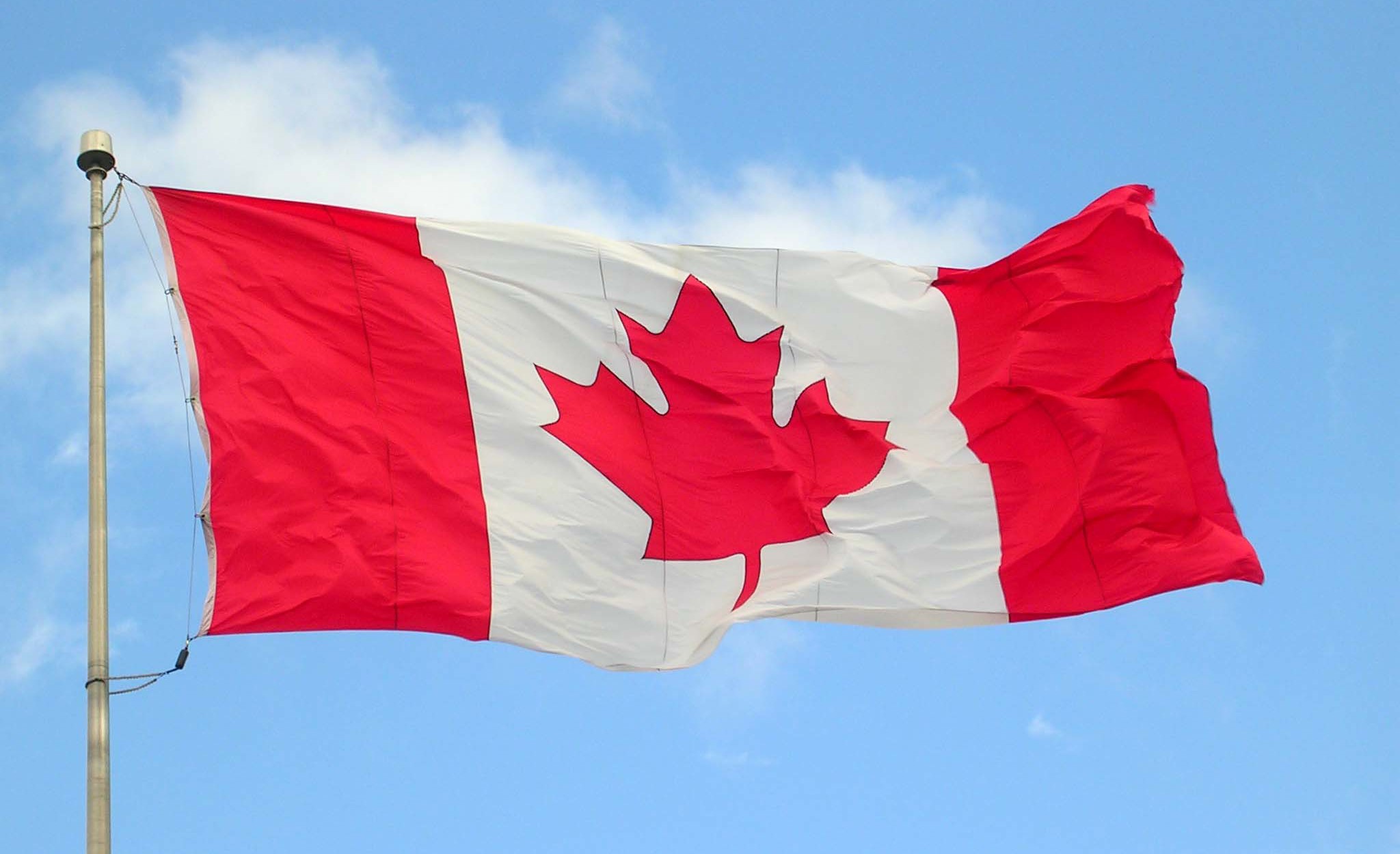According to the legends of the Abenaki people of present-day Maine and Quebec, when the Creator brought maple sap into the world, it spouted out of tree trunks as pure sugar. People would abandon their households and responsibilities to spend entire days letting the sap drip into their mouths. The Creator became angry at the people’s indolence. He diluted the sap with rain water and only allowed it to flow for a few weeks in the spring, after the snow had started to melt but before the leaves had begun to sprout. The people now had to extract syrup through the hard labor of tapping and boiling down the sap, restoring order to the villages.
Today, the sugaring industry in Canada and parts of the American Northeast is worth over 500 million dollars. Maple syrup is a staple at breakfast tables across North America and a source of cultural pride embodied by the pointed maple leaf blazing red on the Canadian flag. But the abundance that we’ve grown accustomed to is once again being threatened. As the world became more dependent on petroleum, global warming began to limit the range and productivity of the sugar maple. The flow of usable sap only happens in a narrow window of temperatures, which has brought the syrup farming range from the 40th up to the 42nd parallel since the 1950s. Coniferous forests out-compete the maple from the north, preventing the upward movement of its range. Additionally, the tapping time window has become more unpredictable. The buds sprout before the sap even has time to start running, depleting it of sugar and turning it bitter. While there are methods of addressing this impending maple crisis that would allow the sugaring industry to produce the same kinds of syrup in the same quantities in the short-term, these solutions would fail in the long-term or do serious, avoidable ecological damage. Instead, the sugaring industry must produce a more diverse array of syrups and in smaller quantities, as well as turn away from invasive extraction methods.
Many of the measures sugar corporations are taking to save syrup production may entirely exhaust sugar maple ecosystems and thereby undermine the industry’s long-term viability. According to the University of Vermont, large tapping operations are able to afford pumps and centralized tubing that allow them to extract sap as early as December and January, insulating them from the shifting seasons. However, this early extraction process puts stress on the maple trees, depleting them of nutrients in the winter months and drastically decreasing the longevity of the sugar bush. This strategy, then–trying to maximize the productivity of currently existing maple trees–is a short-term solution to a long-term problem.
Once the trees have been exhausted, the shortage will not be apparent in the short term – Quebec holds around five years’ worth of syrup, or 94,000 barrels, in the national reserve. But even this resource has been repeatedly held under threat. During the Great Canadian Maple Syrup Heist of 2011-2012, $18 million worth of syrup were intercepted and sold to American farms. The reserve is once again being depleted after a 19% increase in exports since the pandemic and a steady decrease in supply – the Canadian government holds only 7% of the syrup it had in 2020. This means that we are close to the point of consumers having to reckon with the disappearance of the product – with rising prices, maple syrup may lose its cultural prevalence.
To not drive maple sugar into extinction, we must reduce our maple syrup consumption. One option is to start tapping other trees. David Moore of the University of New Hampshire has studied syrups made from birches, Norway maples, sycamores, and other species, but was skeptical of their effect on the market:“People who really enjoy pure maple syrup find out that syrup can be produced from different trees and that these different syrups have new flavors, and they get excited to try them.” Introducing a more diverse syrup market will not necessarily stop people from consuming maple syrup. However, straying away from monocultures will be much easier on the land.
Sugaring is a complex process that requires healthy ecosystems much more than the production of soy or corn. It requires a symbiotic relationship between us and the trees. Therefore, we need to take on a holistic, more flexible outlook to prevent the maple’s disappearance in the face of climate change. Combining adaptive agriculture with reduced consumption is the only way of guaranteeing that our grandchildren will be able to enjoy maple syrup.
